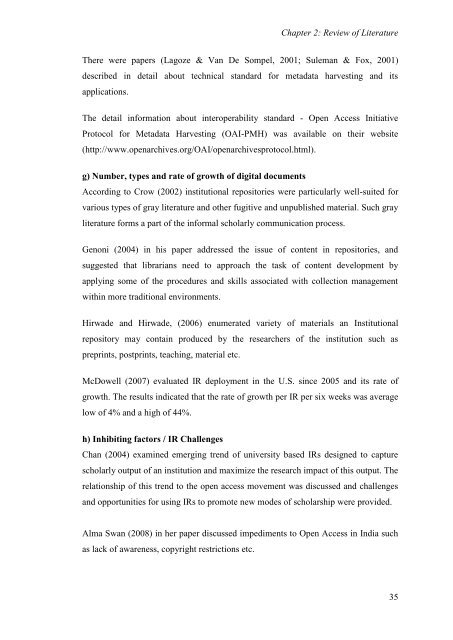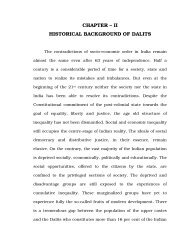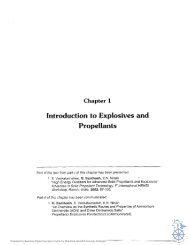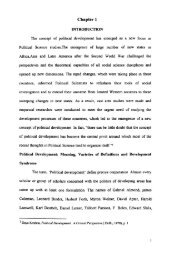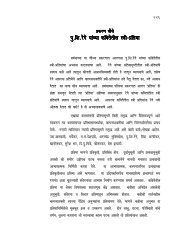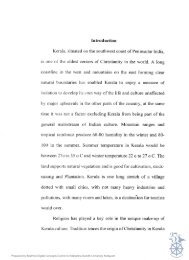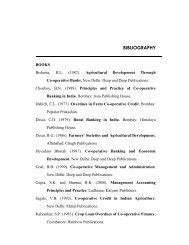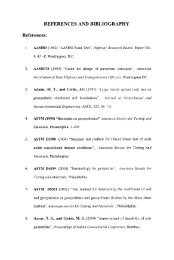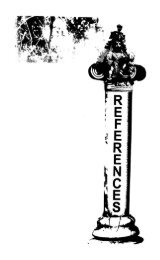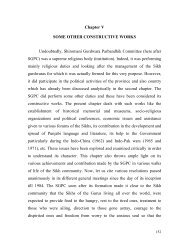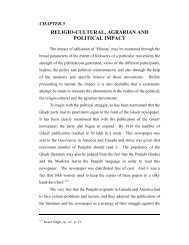Chapter 2 REVIEW OF LITERATURE - Shodhganga@INFLIBNET ...
Chapter 2 REVIEW OF LITERATURE - Shodhganga@INFLIBNET ...
Chapter 2 REVIEW OF LITERATURE - Shodhganga@INFLIBNET ...
You also want an ePaper? Increase the reach of your titles
YUMPU automatically turns print PDFs into web optimized ePapers that Google loves.
<strong>Chapter</strong> 2: Review of Literature<br />
There were papers (Lagoze & Van De Sompel, 2001; Suleman & Fox, 2001)<br />
described in detail about technical standard for metadata harvesting and its<br />
applications.<br />
The detail information about interoperability standard - Open Access Initiative<br />
Protocol for Metadata Harvesting (OAI-PMH) was available on their website<br />
(http://www.openarchives.org/OAI/openarchivesprotocol.html).<br />
g) Number, types and rate of growth of digital documents<br />
According to Crow (2002) institutional repositories were particularly well-suited for<br />
various types of gray literature and other fugitive and unpublished material. Such gray<br />
literature forms a part of the informal scholarly communication process.<br />
Genoni (2004) in his paper addressed the issue of content in repositories, and<br />
suggested that librarians need to approach the task of content development by<br />
applying some of the procedures and skills associated with collection management<br />
within more traditional environments.<br />
Hirwade and Hirwade, (2006) enumerated variety of materials an Institutional<br />
repository may contain produced by the researchers of the institution such as<br />
preprints, postprints, teaching, material etc.<br />
McDowell (2007) evaluated IR deployment in the U.S. since 2005 and its rate of<br />
growth. The results indicated that the rate of growth per IR per six weeks was average<br />
low of 4% and a high of 44%.<br />
h) Inhibiting factors / IR Challenges<br />
Chan (2004) examined emerging trend of university based IRs designed to capture<br />
scholarly output of an institution and maximize the research impact of this output. The<br />
relationship of this trend to the open access movement was discussed and challenges<br />
and opportunities for using IRs to promote new modes of scholarship were provided.<br />
Alma Swan (2008) in her paper discussed impediments to Open Access in India such<br />
as lack of awareness, copyright restrictions etc.<br />
35


